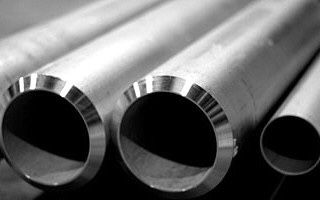A bevel is the angle that results from two meeting surfaces. A bevel cannot be at a 90° angle, but all other angles are acceptable as bevels. In metalwork, Bevelling is usually used to soften the edges of a structure for safety, durability, aesthetics, or ease of connection with another piece.
A bevel is the angle that results from two meeting surfaces. A bevel cannot be at a 90° angle, but all other angles are acceptable as bevels. In metalwork, Bevelling is usually used to soften the edges of a structure for safety, durability, aesthetics, or ease of connection with another piece.
In addition to yielding stronger welds, bevels increase the visibility of the weld site making the welding process easier. It also provides depressions into which the molten flux can flow, which helps achieving attractive, straight, and uniform welds.
What is correct, beveling, or bevelling?
Both beveling and bevelling is correct. Bevelled is the English UK spelling and Beveled is the English US. Also, the words chamfering and end working are used for this application method.
Beveling vs. Chamfering: What is the difference?
Pipe chamfering is technically a type of pipe beveling. Both terms refer to an edge between two faces of a pipe or tube. However, the main difference between the two terms is that chamfer is an edge that connects two faces at a 45 degrees angle, whereas the bevel’s slope can be any angle except 45 or 90 degrees.
How to Bevel a Pipe?
There are various ways to bevel a pipe. Using portable or stationary beveling machines, doing it by a hand grinder, or by a plasma or torch cutter.
